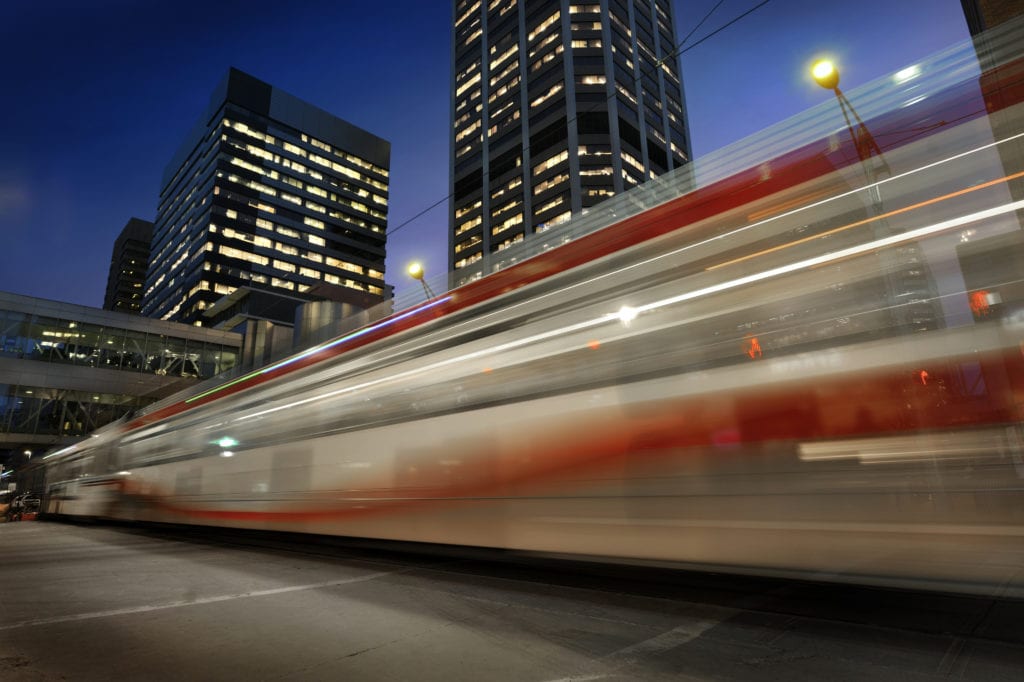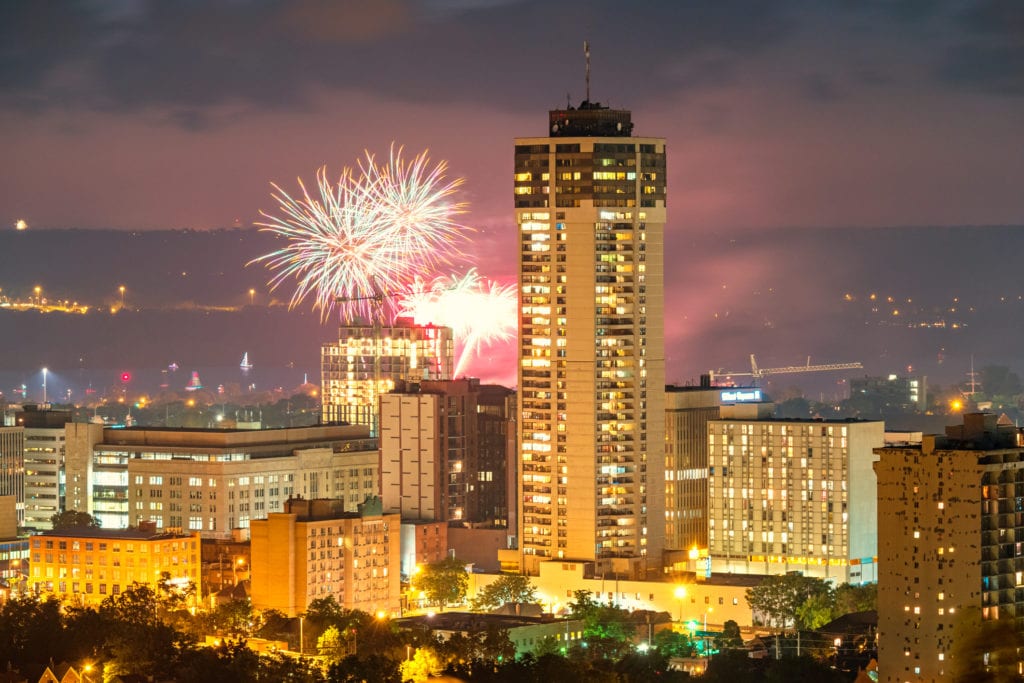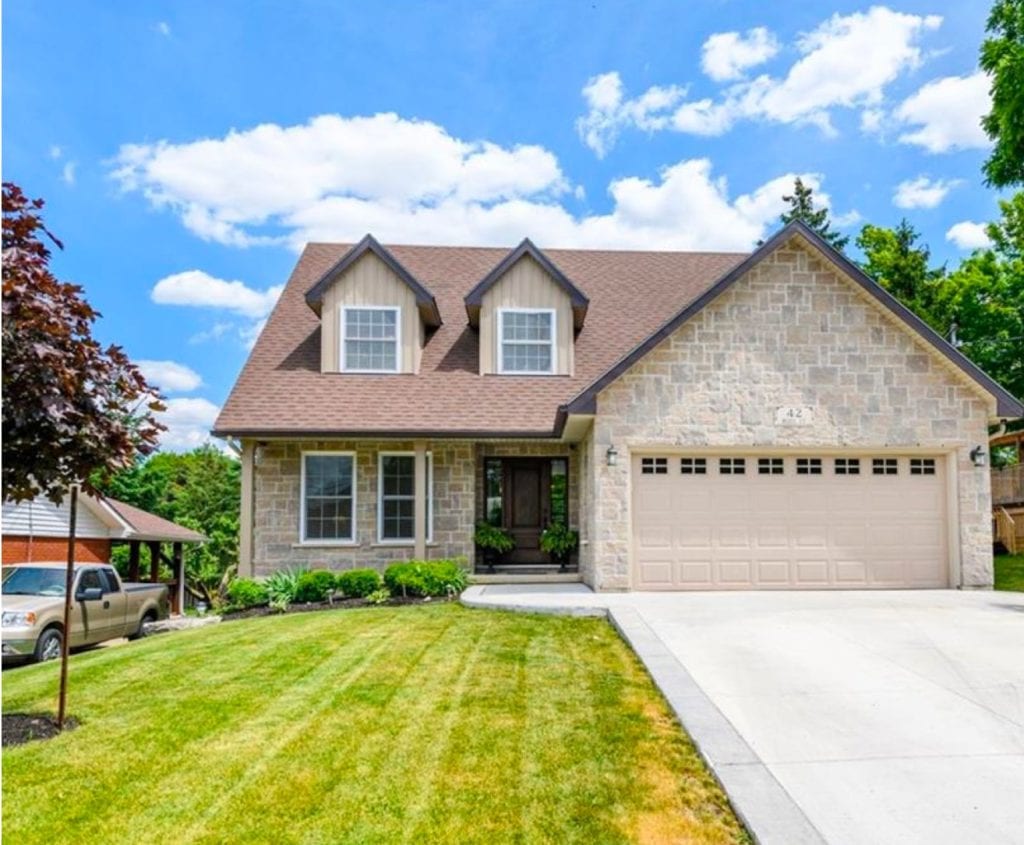
With the debate around Light Rail Transit (LRT) in Hamilton coming into focus — as a result of the upcoming municipal elections — I thought it would be prudent to discuss the impacts that we believe the LRT will have on the local housing market. With all of the facts in place, I believe it’s easy to see that the LRT will be a positive move for the Hamilton area, not only in terms of the real estate market, but also in terms of quality of life.
The LRT is not something that is new. It is a technology that has been tried and tested. The LRT is in almost 400 cities across the world — approximately 30 in North America, including Canadian cities such as Ottawa, Calgary, Toronto, and Mississauga. A number of others are coming online or are in the development stage. There’s a large list of examples to draw from when we’re looking to see what kind of impact we can expect as a result of the new system, and the results are all positive.
The LRT and King Street
First: the placement. The plan for King Street in Hamilton is just the first piece of the overall LRT plan. In the same way we would build highways, expand roads, or build commercial developments like smart centres, we need to build the infrastructure before we can accommodate major residential development. The number one issue developers face when proposing tall buildings is traffic and parking. A proper transit system will help unlock a massive amount of developable land along King Street, a street where this type of development belongs.
King Street is the corridor with the highest bus ridership — and the downtown core is the corridor that we expect to grow the most in terms of density. Over time, other lines will be developed, eventually connecting the entire city.
The proposed ‘B’ line running from McMaster University to Eastgate Mall is the line we should be starting with. We know Hamilton’s population is increasing dramatically — and it’s set to continue to increase. The way we live is going to shift quite dramatically. Density is going to be important to keep this city moving forward. Despite the fact that Buses are already over capacity along this route, we are planning for the next 5, 10 and 25 years down the road.
The LRT Will Attract Billions in Development
Many have argued that developers are not currently investing money into Hamilton because of the LRT, and they won’t. This has already been proven wrong.
In each and every example — the LRT — attracts significant amounts of investment along the lines, stops, stations and surrounding neighbourhoods. It’s undisputed: real transit systems attract development. We’re going to see billions of dollars in investment over a number of years once this system is put into place. Aside from that, we’re already seeing investment because of the proposed line.
It’s true, in the last few years, interest from the development community has grown. We are on the radar again but developers are cautious. They look at a number of different factors when coming into a city, transit being one of the most important. It’s been 30 years since we have seen significant development in the lower city. We are in the first or second inning of the game, Hamilton can’t afford to screw up.
The LRT has been a big selling factor for the city. Hamilton’s largest condo launch of 2018 is on the LRT line and the developer stated that the LRT is one of the primary reasons they moved ahead with this project. They even built a mock LRT line into their building model. Liuna’s massive residential project on King & Hughson is set to be one of the largest residential projects in Hamilton history, when it launches in 2019. The project is located directly on the LRT line and Liuna has endorsed the LRT.
I have seen the incredible impact this transportation system has had on our city and construction hasn’t even started. The LRT has been pivotal in my dealings with developers and investors from all over Ontario when considering Hamilton. As a result, my brokerage will be facilitating sales for development projects valued at close to $1 billion in the next few years.
We have many different things that are working in our favor at the moment. We’ve got a lot of good going on in the city of Hamilton but there’s no disputing the fact that the LRT has been a major contributor to developers looking at Hamilton positively and bringing projects here.
The LRT Will Lower Property Taxes
As residential and commercial development builds up along the line we expect a massive windfall in tax revenue. Street facing commercial units will increase the cities commercial tax base as thousands of residents move into residential units above. This type of development is far more sustainable as we are increasing density within existing neighbourhoods vs. building low-rise subdivisions which add hundreds of millions to our infrastructure deficit. Subdivisions do not generate enough property taxes to cover the cost of future maintenance, upgrades or replacement. Development along the LRT corridor will bring in much needed tax dollars and slow the growth in our infrastructure deficit.
The LRT Will Improve Property Values
As far as properties values go, we expect values to increase across the entire city. The largest price increases will be along King Street. We expect a dramatic reversal of fortunes for the King Street corridor, as the LRT boosts the value and utility of the properties there. Surrounding neighbourhoods will see values increase as buyers flock to homes near the line. Aside from the values reaped along the line we anticipate property value increases across the entire downtown. When the West Harbour GO station was built, neighbourhoods closest to the station saw the largest lift in values but neighbourhoods across much of downtown Hamilton benefited. Many sellers are already touting the benefits of the LRT on their MLS property listings. One can only imagine the impact this system will have upon completion.
The LRT and Affordable Housing
When we talk about affordable housing, it’s a very blanket statement. There are different groups in that category who need assistance. The majority of people, when we talk about affordable housing, are people who have jobs, live on decent incomes, and have a good education. They’re just struggling to be able to afford a home — or the home that they desire — based on the current market value of real estate.
The market needs to be able to provide homes that are affordable for everyone. The only way to do this is to increase housing supply.
Based on our Green Belt boundaries, we are just about to run out of land. Subdivisions are becoming sparse, single-family home construction is almost nonexistent, and we are not able to add the necessary amount of supply to offset all of the demand. We’re seeing values increasing at higher percentages than we would consider normal because of this. Values increasing is positive, but dramatic increases can leave buyers behind. In order to increase housing supply, we need more density, in order to provide density, we need to improve our transit. Unlocking thousands of residential units is needed if we hope to meet demand and bring stability to the market. The only way to improve affordability, without destroying our housing market, is by increasing supply, period.
The LRT Brings Needed Transit to Hamilton
Sustainable growth requires transit. If you provide people the means to efficiently get around, people will live differently. We have the opportunity to attract the type of development people need in this city, but we need the transit to go along with it. Again: we are running out of land. We need to build up, not out, and to build up, we need transit.
The LRT, from a real estate perspective, is overwhelmingly positive. All Hamiltonians, stand to benefit from the LRT now and in the future as the BLAST transit plan gets built out.


